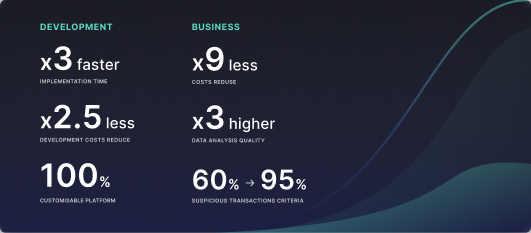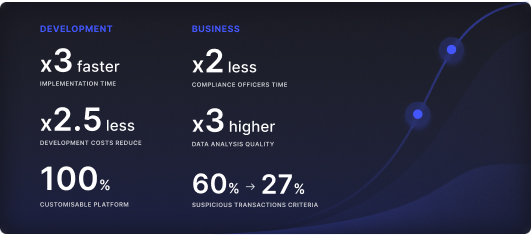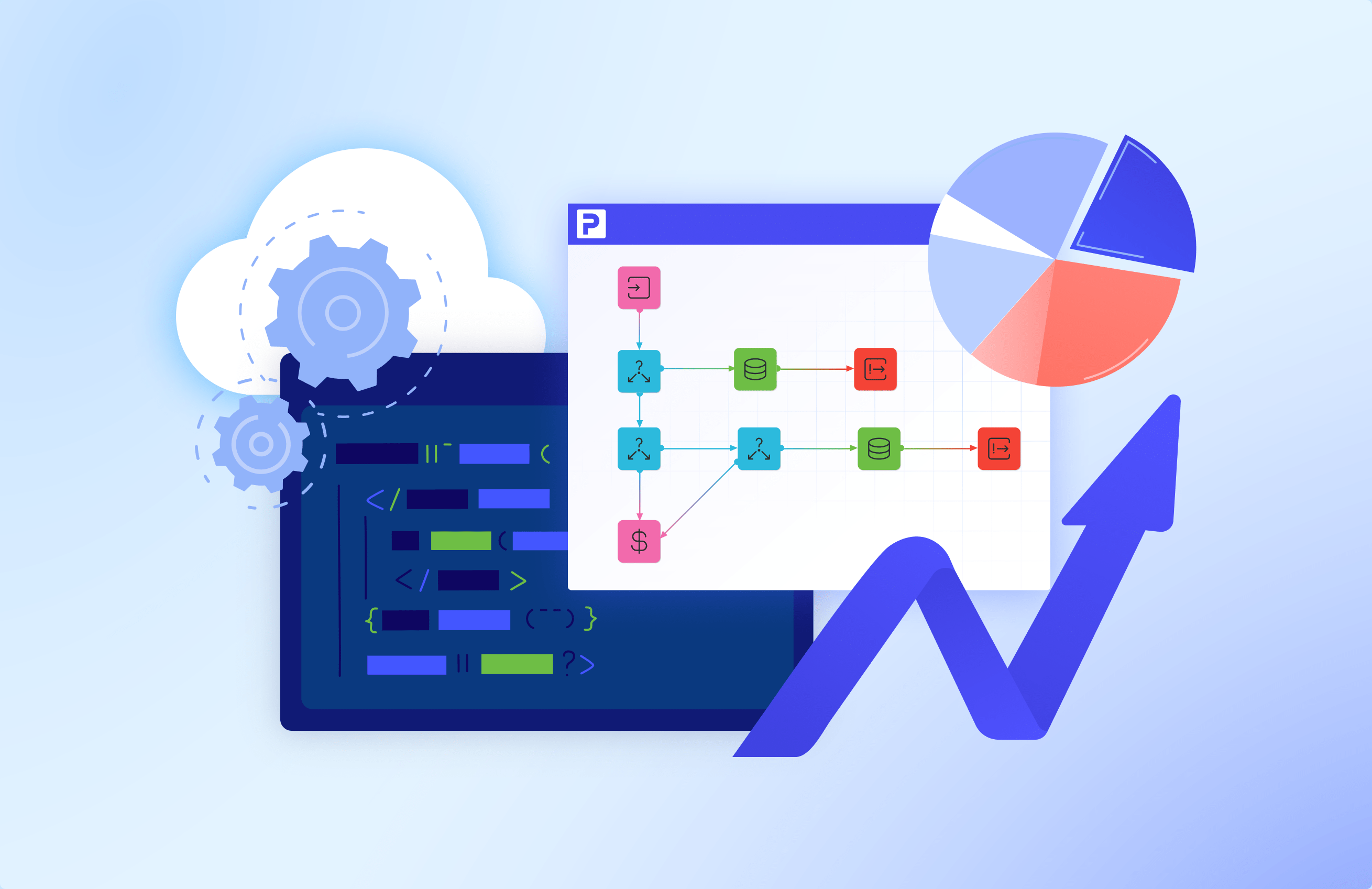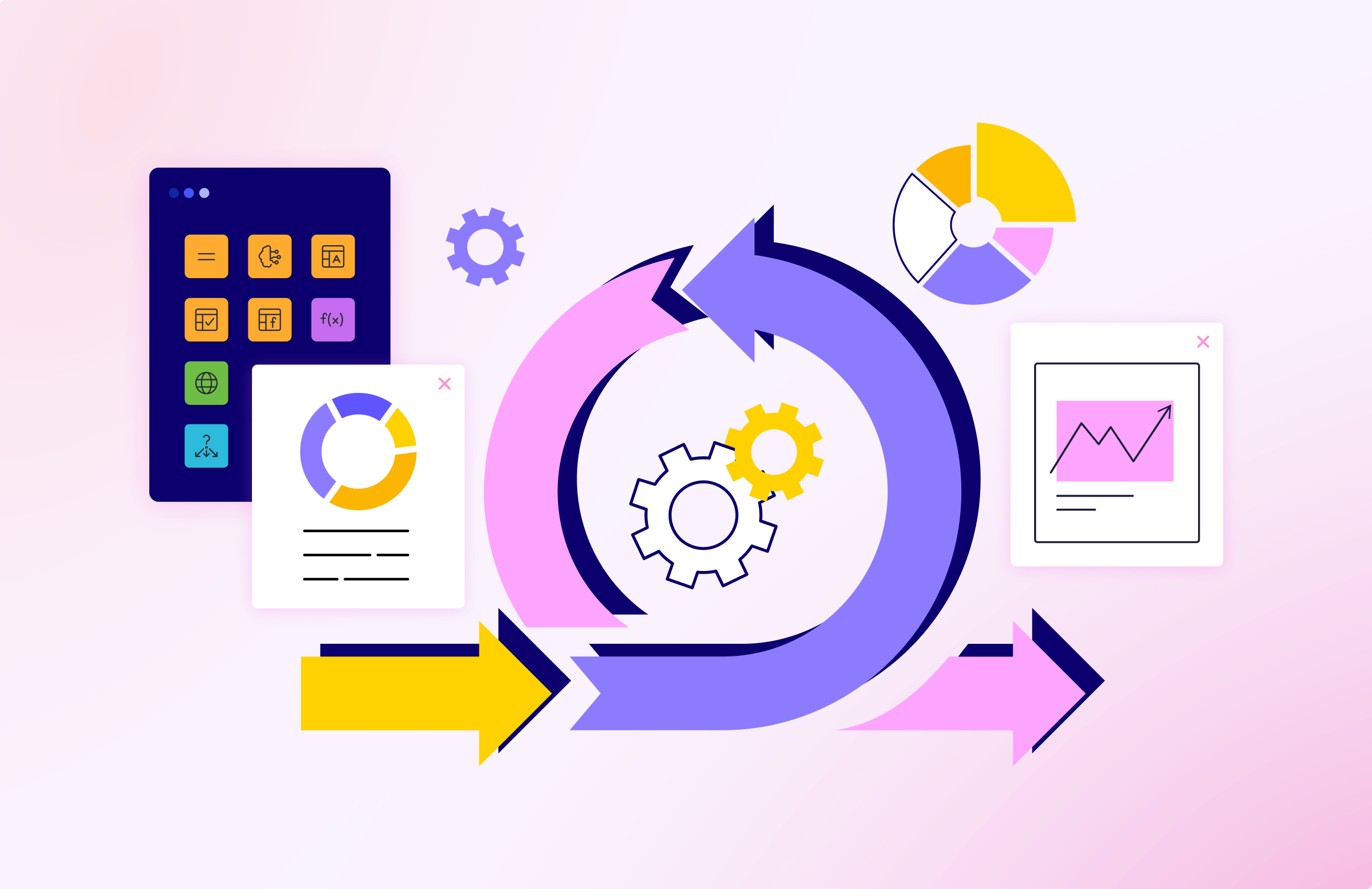Digitization vs Automation: What are they and how do they relate?


Digitization and automation are both critical to have the upper hand over the competition. The technologies allow businesses to streamline multiple processes and adjust to ever-changing market trends faster. According to Forrester’s research, around 77% of businesses in Europe and the US are still relying on paperwork. On the other hand, Garter predicts that 70% will introduce automation technologies into their infrastructure and operations by 2025, indicating it is fast becoming a priority.
Multiple factors say that digitization and automation will determine enterprise success in years to come. To be able to survive, every business manager should become familiar with digitization and automation technologies. To thrive means implementing these strategies effectively. This article is your first step. Here you will learn:
- What is digitization?
- What is automation?
- Digitization vs automation: how do they relate?
- Automation and digitization technologies to use in 2023.
What is digitization?
Digitization is the process of non-digital info (e.g. paper-written document) conversion into digital data. Digitization is a broad term that encompasses all the data and action migration to the digital world. It is the entry step towards process automation and software used for businesses.
What do businesses do when they digitize a process?
Business digitization starts with paperwork digitization. For that purpose, enterprises use Optical Character Recognition (OCR). The technology allows the digitization of hard copies into digital documents fast and with little human involvement.
Then, the digitization process also includes the migration from the old methods that included any hard copy. For instance, the transition from legacy paper mailing to emails can be considered digitization.
What is automation?
Automation, in its turn, works with digital data. With automation technologies like ML (Machine Learning), AI (Artificial Intelligence), and RPA (Robotic Process Automation), businesses streamline repetitive task execution. Automation technologies and software execute tasks without or with minimum human intervention.
What do businesses do when they automate a process?
Businesses automate multiple simple and complex processes, depending on the technologies they use. Automation software that executes processes employs one of the above-mentioned technologies and runs the process by following a set of rules. Automating a business process means:
- Choosing or creating an automation technology. It can be a COTS solution or custom-built automation tools embedded with automation functionalities.
- Implementing the technology into your business processes. The implementation of automation technologies includes setting your own business rules and integration with other systems and databases.
Businesses automate various tasks including customer onboarding, risk management, loan origination, e-mail distribution, targeting, analytics, etc.
Digitization vs automation: how do they relate?
There cannot be any automation without prior digitization. Automation technologies work only with digital data and other software. Meanwhile, automation rules need digital business data to make decisions and set off other processes in an automation flow.
Digitization has become a step toward process automation. Making business information digital bears not so many benefits. Of course, it is easier to work with digitized data than drown in paperwork. But if you have effective automation technologies on hand and leverage them, it can take your business process management to the next level.
Eventually, we can consider digitization and automation as inseparable parts of the same business optimization process. Both are crucial for digital transformation. If you use only digitization, you miss the opportunity to make processes even more effective. At the same time, without digitization, you won’t be able to use automation technologies to the fullest at all. However, when you combine digitization and automation, it makes the business run like clockwork, saving you time and money.

Automation technologies to use in 2023
Automation unites a vast ecosystem of software, hardware, and technologies. It can take hours to describe them all, so here we mention some of the top technologies you can come across on the market this year.
Off-the-shelf software
A variety of ready-made solutions for different business task automation is available. These tools are called commercial off-the-shelf software or briefly COTS software. COTS software is a product that a business can subscribe to, paying a certain price monthly or annually. This type of automation software is a go-to solution for companies that need a quick fix for a hot problem. Unfortunately, in the long run, it can be costly and lead to technical debt.
Off-the-shelf software automates a set of predefined tasks for streamlining customer service, data management, profiling, mail distribution, etc. As a rule, COTS software works with simple business processes due to the lack of customization and standardized workflows.
Low-code automation tools
Low-code development for business automation is a viral trend that has been gaining momentum since 2020. These platforms allow businesses to create their own customized automation tools fast and on a moderate budget.
The popularity of the low-code approach in automation comes from its effectiveness, ease of use, and vast customization capacity.
With low-code platforms, businesses can create complex automation tools supported by AI/ML and RPA technologies. The creation and integration process takes several times less time than traditional software development. It means you get an automation tool embedded with the top automation technologies quickly.
Low-code platforms enable domain experts to create automation tools to fit the company’s requirements. The visual development interface allows them to build automation tools and set their custom rules easily. To create an automation flow, low-code platform users need to choose the necessary code components and drag them to the needed position on the app development canvas. Then, when the flow is ready, they can test it right on the platform. If an automation flow is ready, you can deploy it on the cloud or on-premise (depending on a low-code platform), and integrate it with other systems within minutes. The automation flow in a low-code platform may look similar to this one.
The main benefit of low-code platforms is that you can build custom features and automation rules. It will require professional developers to step in. However, you will need only a few of them and the development will be easier. Low-code platforms enhance development team collaboration with business managers via IDE (Integrated Development Environment), which allows them to work cohesively.
ProcessMIX platform for process automation tools development
ProcessMIX is a low-code platform that optimises the back-end development processes. It focuses on the automation of multiple business processes in finance, manufacturing, healthcare, and other business spheres. The platform allows companies to build automation tools with an intuitive visual interface and integrate with multiple digital data sources (DBs, APIs, ERP systems). ProcessMIX includes a vast number of pre-made code components for various business rules for loan origination, customer service, risk management, profiling, data analytics, and routine task automation. The platform employs AI/ML and RPA technologies, which enhance its functionality.
Explore the possibilities of low-code automation with ProcessMIX for free. We offer a free beginner plan where you can try the platform’s functionalities in real-life. Not for you? That’s ok, you can leverage a free demo with full capacity to see how the platform can help you in your business process automation. If you have more questions on the platform, book a free call with our representatives.
 Visual Development
Visual Development Assignment of risk level and customer category within KYC processes at customer onboarding
Assignment of risk level and customer category within KYC processes at customer onboarding Cross-Sell Offer Calculation for the 12M Client Base
Cross-Sell Offer Calculation for the 12M Client Base


